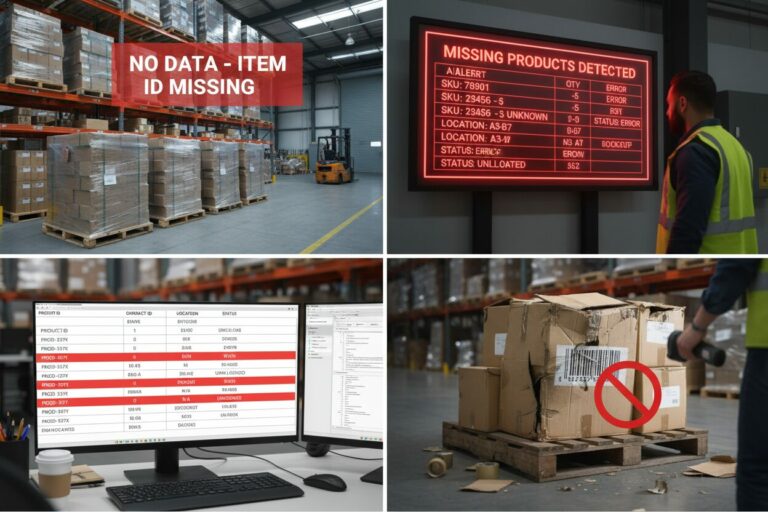The FDA has suggested that companies make use of secure web portals for achieving data exchange compliance. A number of companies are now considering web portals as a viable option for implementing data exchange requirements.
Web portals, does it make sense?
The deadline of 1st May 2015 for securing compliance with the data exchange requirements laid down in the Drug Supply Chain Security Act is approaching fast. Pharmaceutical manufacturers, whose sale distributors and re-packagers are in a rush to get their operations and business processes straightened up and in line with the guidelines chalked down by the FDA in the DSCSA documentation.
The FDA has suggested that companies make use of secure web portals for achieving data exchange compliance. A number of companies are now considering web portals as a viable option for implementing data exchange requirements. It is worth digging deep into what web portals are and how they function.
“So, what exactly is a secure web portal? By definition, it is a website provided by the seller of drugs to the trading partners within the medical supply chain that conduct mutual business. The website facilitates the buyers with access to the required Transaction Information, Transaction History and Transaction Statement documents.”
So, what exactly is a secure web portal? By definition, it is a website provided by the seller of drugs to the trading partners within the medical supply chain that conduct mutual business. The website facilitates the buyers with access to the required Transaction Information, Transaction History and Transaction Statement documents. These documents are provided by the seller to the buyer. The same web portal then function to fulfill the data exchange requirements that are obligatory on the seller’s part.

While choosing on a DSCSA compliance web portal, the most important thing to ensure is the existence of an underlying core data-exchange mechanism. It is this very data-exchange mechanism that enables the seller to provide the buyer with the required TI, TH, and TS documentation whenever needed. At times, the same may also be offered by the supplier to fulfill the buyer’s DSCSA requirement, mostly in the event of an investigation, but this is NOT the main purpose the web portal is built to serve.
In addition to meeting the data exchange requirements, the DSCSA requires the web portal to be secure. By being secure, it is implied that the portal offered by the seller must be fortified with standard internet security features, and must allow the buyer to log on to, and access relevant transaction documents describing the procurements from that specific seller. There exists no standard requirement for a user interface though, and web portals for different sellers are bound to be different from one another. The common core characteristic that prevails in all the portals, however, is the capability to manually login and access transaction documents.
It is also imperative that the seller keeps your DSCSA transaction documents safe for a good six years, so that they are retrievable over the said time span effortlessly. It would be foolish to assume that the seller will be doing this by default – it is not at all mandatory upon the seller to provide such a level of service. Instead, the storage and retrieval for full six years is the responsibility of the buyer. As a seller, it is of utmost importance the web portal you select has this capability of extended document storage and retrieval. Similarly, as a buyer, it is only logical to engage in business with a buyer that offers not merely a web based data exchange platform, but a thorough document storage and retrieval system. After all, manually downloading each and every transaction document, printing it and then storing it physically for six years is the last thing you would want.
Dispensers will opt to and rely on their suppliers to store their T3s for them. There are few things to make sure your organization is ok with.
- Is the supplier providing the portal access reliable? What happens when you are audited and the supplier portal is not responding to your request? Is this risk worth it?
- Is your supplier going to be ready for serialization? Wouldn’t it be better to start building your serialization strategy now?
- How well are you having visibility to your incoming T3s with your inventory?
- When there are issues with your shipment, does their portal allow you to log this issue? How is the audit trail created?
- What about the other requirements of the DSCSA? How are you managing doing business with suppliers that are DSCSA “authorized”.
- Is your supplier going to be on top of the many changes in the law?
To wrap it up, a secure web portal with data exchange capabilities is not enough – document storage and retrieval features need to be added to the feature mix for real value addition. At TrackTraceRx, we’ve painstakingly incorporated data storage and retrieval capabilities right in our state-of the-art, cloud-based server. With TrackTraceRx, securing compliance with transaction data exchange requirements is as easy as it gets.




